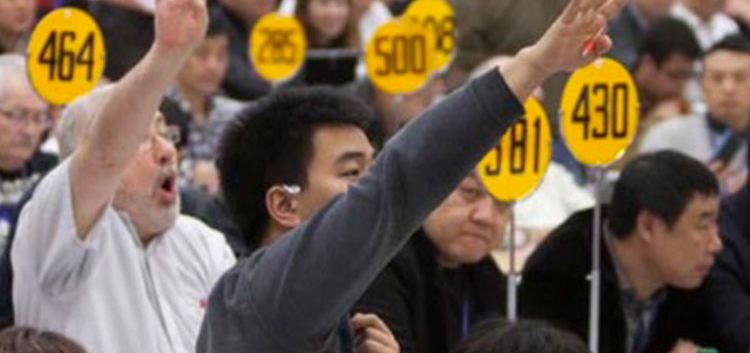
What happens at a fur auction?
Because of the extraordinary variety and quality of the furs on offer, North American auctions attract designers, manufacturers and brokers from around the world. Look around the auction room and you will see white-smocked buyers from all the European fashion centers and as far away as Russia, China and Korea. The work of the auction house began, however, long before auction day.
Fur pelt grading
INSPECTION
THE AUCTION SALE
FAIR TRADE
The modern fur trade is therefore a true “fair trade” industry. Trappers and farmers deliver their furs to the auction house on a consignment basis. Each pelt is identified with a bar-coded computer tag, so that the producers can receive the price paid for their furs, even when they have been inter-sorted with others. When the sale is finished, the auction house deducts a small commission to cover the cost of receiving, grading and selling the fur and remits the rest directly to each trapper and farmer.






